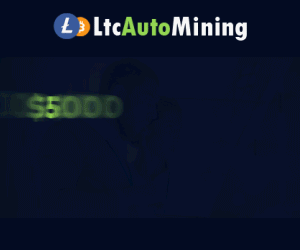
- Main event involves corporate acquisition of 1% Ethereum supply.
- Institutional ETH demand surpasses Bitcoin acquisition rate.
- Significant capital commitment signaled by ETH repurchase programs.

Companies like BitMine Immersion Tech and Sharplink have collectively acquired 1% of Ethereum’s total supply since June 2025. This institutional interest in ETH focuses on staking yields and DeFi, eclipsing Bitcoin’s accumulation rate.
Corporations, notably BitMine Immersion Tech and Sharplink, have acquired 1% of Ethereum’s total supply since June 2025, according to Standard Chartered.
Institutional interest in Ethereum emphasizes its growing appeal, particularly due to staking yields and DeFi opportunities, impacting both market sentiment and asset dynamics.
Corporations such as BitMine Immersion Tech and Sharplink are at the forefront of this strategic ETH accumulation. Standard Chartered’s report highlights corporate treasuries’ substantial role in acquiring 1% of Ethereum’s total supply. This institutional demand is attributed to Ethereum’s unique incentives, including staking yields and access to DeFi platforms, which contrast with Bitcoin’s often singular focus.
BitMine disclosed purchasing more than 625,000 ETH, aiming for 5% ownership through a $1 billion repurchase plan, underscoring their long-term strategy. Sharplink acquired nearly 500,000 ETH at an approximate cost of $3,800 per ETH, further amplifying institutional stakes. The acquisitions have stimulated anticipation of rising ETH prices, with projections suggesting levels near or above $4,000 by year-end, according to analysts.
“Buying by these companies, along with the best period for ETH ETFs on record, has certainly contributed to those gains,” said Standard Chartered Analyst.
These actions have driven a remarkable growth in ETH spot ETFs, marking a strong inflow period, supporting the price trajectory. The strategic shift also affects Bitcoin’s standing as corporate treasuries pivot from BTC to ETH, driven by Ethereum’s staking rewards and extensive DeFi opportunities unavailable in Bitcoin’s ecosystem.
Standard Chartered’s findings suggest a historical shift akin to Bitcoin’s earlier institutional adoption, where firms such as MicroStrategy led to price surges and expanded recognition. Ethereum’s current institutional interest indicates this trend’s possible replication, influencing not just ETH but also related DeFi and Layer 2 solutions. The long-term effects could reshape investment strategies, potentially broadening DeFi’s impact across different financial sectors, with broader adoption aligning with shifting treasury approaches.












Be the first to leave a comment